Home>Gardening & Outdoor>Landscaping Ideas>What Is No Mow Grass
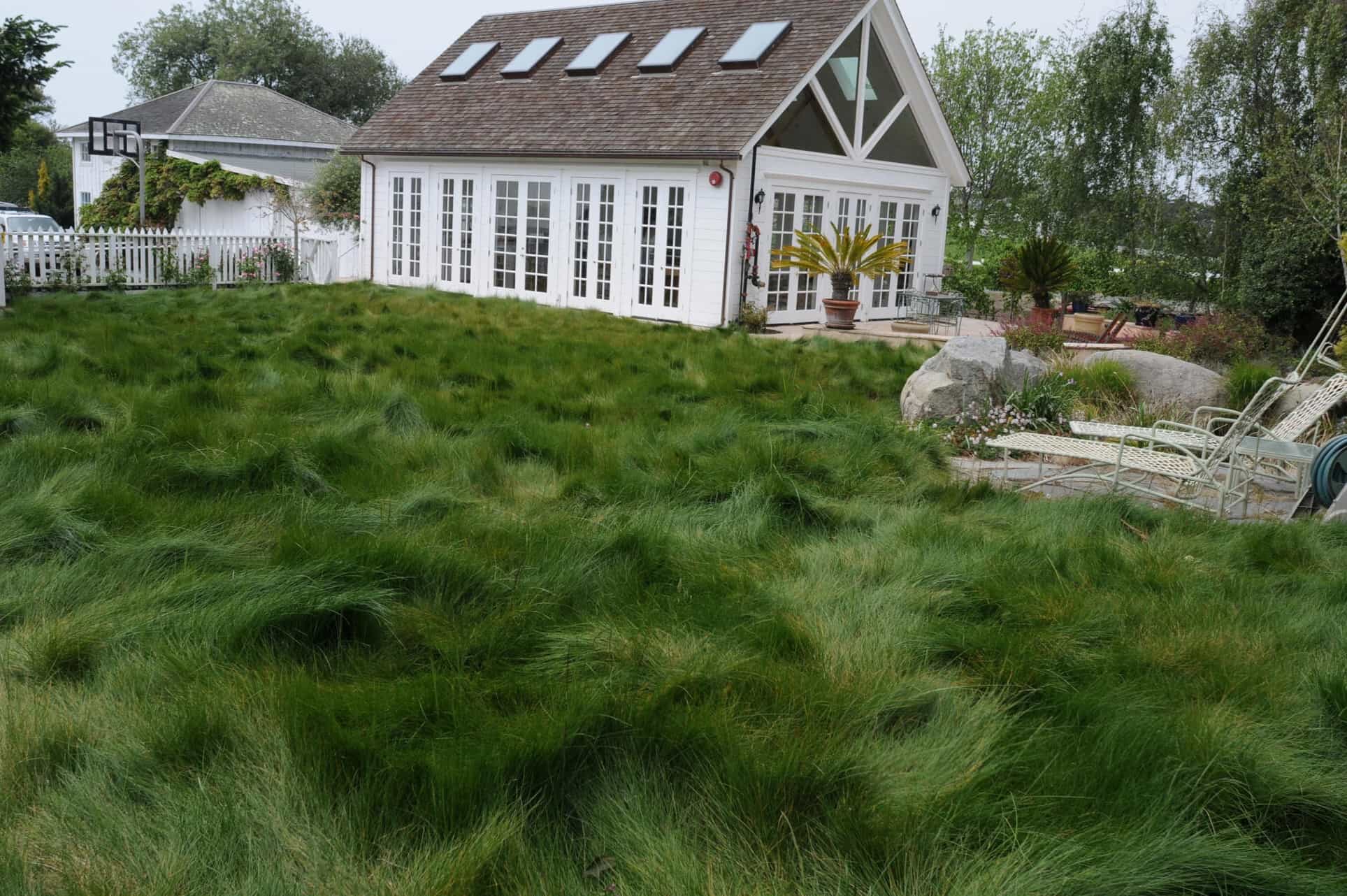

Landscaping Ideas
What Is No Mow Grass
Modified: March 27, 2024
Discover the benefits of no mow grass for your landscaping ideas. Save time and effort with low-maintenance, eco-friendly landscaping solutions.
(Many of the links in this article redirect to a specific reviewed product. Your purchase of these products through affiliate links helps to generate commission for Storables.com, at no extra cost. Learn more)
Introduction
Welcome to the world of low-maintenance landscaping where lush, green lawns can thrive without the hassle of frequent mowing. No mow grass, also known as low mow or no mow lawn, offers a sustainable and visually appealing alternative to traditional high-maintenance turf grass. As an environmentally friendly and aesthetically pleasing landscaping option, no mow grass has gained popularity among homeowners, landscape designers, and environmental enthusiasts.
Imagine a lawn that requires minimal upkeep, conserves water, and provides a natural habitat for beneficial insects and wildlife. No mow grass offers just that, along with the added benefit of reducing air and noise pollution associated with lawn mowing. This innovative approach to landscaping not only enhances the beauty of outdoor spaces but also contributes to sustainable living and environmental preservation.
In this comprehensive guide, we will explore the definition of no mow grass, its benefits, different types, planting and maintenance techniques, and its positive impact on the environment. Whether you’re a nature lover, a busy homeowner, or a landscaping professional, this article will provide valuable insights into the world of no mow grass and how it can transform your outdoor environment for the better.
Key Takeaways:
- No mow grass offers a low-maintenance, eco-friendly alternative to traditional lawns, conserving water, supporting wildlife, and reducing air and noise pollution.
- By embracing no mow grass, property owners can create visually captivating landscapes while minimizing time and resources typically associated with traditional lawn maintenance.
Read more: What Height To Mow Zoysia Grass
Definition of No Mow Grass
No mow grass, as the name suggests, refers to a variety of grasses and ground covers that require minimal mowing or can even thrive without regular mowing. These low-growing grasses are specifically cultivated to maintain a short and uniform height without the need for frequent trimming, unlike traditional turf grasses that demand regular mowing to stay visually appealing.
One of the defining characteristics of no mow grass is its slow vertical growth, which eliminates the need for weekly or bi-weekly mowing sessions. This feature makes it an ideal choice for individuals seeking to reduce the time and effort typically associated with lawn maintenance. No mow grasses are often selected for their ability to create a natural, meadow-like aesthetic, adding a touch of wild beauty to outdoor landscapes.
It’s important to note that no mow grass is not a specific species but rather a category that encompasses various grasses and ground covers, each with its unique traits and maintenance requirements. These grasses are carefully selected and bred for their low-growth habit, resilience, and adaptability to different climates and soil conditions.
By embracing no mow grass, property owners can enjoy the benefits of a verdant lawn while significantly reducing the time, resources, and environmental impact associated with conventional lawn care. Whether used for residential lawns, commercial landscapes, or public green spaces, no mow grass offers a sustainable and visually captivating alternative to traditional high-maintenance turf grass.
Benefits of No Mow Grass
No mow grass presents a myriad of benefits that cater to both practical and environmental concerns, making it a compelling choice for modern landscaping. Here are some of the key advantages of embracing no mow grass:
- Low Maintenance: No mow grass requires minimal upkeep, reducing the time and effort spent on mowing, edging, and trimming. This makes it an ideal choice for homeowners seeking to minimize lawn care tasks without sacrificing the beauty of their outdoor spaces.
- Water Conservation: Many varieties of no mow grass are drought-tolerant and require less water compared to traditional turf grasses. By reducing water consumption, property owners can contribute to water conservation efforts while enjoying a lush, green lawn.
- Wildlife Habitat: No mow grass creates a natural habitat for beneficial insects, birds, and small mammals, fostering biodiversity within the landscape. This promotes ecological balance and supports the presence of pollinators and other valuable wildlife.
- Environmental Sustainability: By minimizing the use of lawnmowers and associated fuel consumption, no mow grass helps reduce carbon emissions and noise pollution. This eco-friendly approach aligns with sustainable living practices and contributes to a healthier environment.
- Aesthetic Appeal: No mow grasses offer a charming, meadow-like appearance that adds a touch of natural beauty to outdoor settings. The varied textures and colors of different grass species contribute to visually captivating landscapes that require minimal maintenance.
- Soil Health: The deep root systems of certain no mow grasses help improve soil structure, enhance water infiltration, and reduce erosion. These grasses can contribute to the overall health and resilience of the soil, supporting sustainable land management practices.
By embracing the benefits of no mow grass, property owners can create environmentally conscious and visually appealing landscapes while minimizing the time and resources typically associated with traditional lawn maintenance.
Types of No Mow Grass
No mow grass encompasses a diverse array of grass species and ground covers, each offering unique characteristics and visual appeal. When selecting a type of no mow grass for a specific landscape, it’s important to consider factors such as climate, soil conditions, and intended aesthetic. Here are several popular types of no mow grass:
- Fescue Grass: Fine fescue grasses, including creeping red fescue and chewings fescue, are known for their low-growing habit and shade tolerance. These grasses create a soft, fine-textured lawn and thrive in cooler climates with moderate moisture levels.
- Buffalo Grass: Native to the North American prairies, buffalo grass is a warm-season, low-maintenance grass variety that exhibits excellent drought tolerance and requires minimal mowing. Its fine texture and blue-green hue make it a popular choice for naturalistic landscapes.
- Zoysia Grass: Zoysia grass is a warm-season grass known for its dense, carpet-like growth and exceptional heat and drought tolerance. While it may require occasional mowing, certain cultivars exhibit reduced vertical growth, making them suitable for low-maintenance landscapes.
- Seashore Paspalum: Ideal for coastal regions and areas with saline soils, seashore paspalum is a salt-tolerant grass that forms a dense, lush turf with minimal vertical growth. Its ability to thrive in challenging environments makes it a valuable option for sustainable landscaping near coastal areas.
- Creeping Thyme: This aromatic ground cover features tiny, vibrant flowers and spreads to form a dense mat, making it an attractive and fragrant option for no mow lawns and garden pathways. Creeping thyme is well-suited to sunny, well-drained locations and requires little maintenance once established.
- Red Yarrow: With its feathery foliage and vibrant red flowers, red yarrow adds a splash of color to no mow landscapes. This hardy perennial thrives in dry, sunny conditions and attracts pollinators, contributing to the ecological diversity of the landscape.
These are just a few examples of the diverse range of no mow grasses and ground covers available for creating sustainable, low-maintenance landscapes. By carefully selecting the appropriate grass species for specific environmental conditions and aesthetic preferences, property owners can achieve visually stunning and ecologically beneficial outdoor spaces.
Consider using no mow grass as a low-maintenance alternative to traditional grass. It requires less water, fertilizer, and mowing, making it an eco-friendly option for your lawn.
How to Plant and Maintain No Mow Grass
Planting and maintaining no mow grass involves thoughtful consideration of the chosen grass species, site preparation, and ongoing care to ensure a thriving and visually appealing lawn. Here are the key steps for planting and maintaining no mow grass:
- Site Assessment: Evaluate the sunlight exposure, soil type, and drainage patterns of the intended planting area to determine the most suitable no mow grass species for the location. Consider factors such as shade tolerance, drought resistance, and soil pH requirements when selecting the grass variety.
- Soil Preparation: Prepare the soil by removing debris, weeds, and rocks from the planting area. Loosen the soil to a depth of 4-6 inches to promote root penetration and improve water infiltration. Incorporate organic matter, such as compost, to enhance soil fertility and structure.
- Seeding or Sodding: Depending on the chosen grass species, no mow grass can be established from seed or sod. Follow the recommended seeding rates and techniques for the selected grass variety, ensuring even coverage and good seed-to-soil contact. Alternatively, lay sod in a staggered pattern to create a seamless turf.
- Watering and Establishment: Keep the seeded or sodded area consistently moist during the establishment phase, typically lasting several weeks. Adequate irrigation is crucial to support germination and root development. Once the grass is established, gradually reduce the frequency of watering to encourage deep root growth.
- Mowing and Trimming: While no mow grasses require minimal mowing, occasional trimming may be necessary to maintain a neat appearance and prevent the encroachment of taller vegetation. Use a sharp mower blade set at the appropriate height for the chosen grass species, ensuring that only a small portion of the grass blades is removed during mowing.
- Fertilization and Weed Control: Apply fertilizers sparingly, following soil test recommendations to avoid over-fertilization. Select fertilizers with a balanced nutrient profile suitable for the specific grass species. Implement natural weed control methods, such as hand-pulling or mulching, to minimize the use of herbicides.
- Seasonal Care: Adjust maintenance practices based on seasonal requirements, such as adjusting irrigation during periods of drought, overseeding sparse areas in the fall, and aerating compacted soils to improve air and water movement to the grass roots.
By following these planting and maintenance guidelines, property owners can establish and care for a thriving no mow grass lawn, enjoying the benefits of reduced maintenance and enhanced environmental sustainability.
Read more: What Temperature Is Too Cold To Mow Grass
Environmental Impact of No Mow Grass
The adoption of no mow grass as a sustainable landscaping option carries significant environmental benefits that contribute to ecological preservation and resource conservation. Here are the key environmental impacts of no mow grass:
- Carbon Footprint Reduction: By minimizing or eliminating the need for gasoline-powered lawn mowers, no mow grass helps reduce carbon emissions associated with lawn maintenance. This eco-friendly approach supports efforts to combat climate change and air pollution, contributing to a healthier environment.
- Water Conservation: Many varieties of no mow grass require less water compared to traditional turf grasses, promoting water conservation in residential and commercial landscapes. Reduced irrigation needs not only conserve water resources but also alleviate the strain on municipal water supplies during dry periods.
- Biodiversity Support: No mow grasses create natural habitats for beneficial insects, birds, and small mammals, fostering biodiversity within urban and suburban landscapes. This promotes ecological balance and supports the presence of pollinators, which are essential for the reproduction of flowering plants.
- Soil Health Improvement: The deep root systems of many no mow grasses help enhance soil structure, reduce erosion, and improve water infiltration. These grasses contribute to soil health and resilience, supporting sustainable land management practices and mitigating the impact of stormwater runoff.
- Noise Pollution Reduction: The reduced need for frequent mowing translates to lower noise pollution in residential neighborhoods and public spaces. This contributes to a more tranquil and enjoyable outdoor environment while minimizing disturbances caused by traditional lawn care activities.
- Chemical Input Reduction: No mow grass lawns often require minimal fertilization and pesticide applications, reducing the reliance on synthetic chemicals that can have adverse effects on water quality and wildlife. This aligns with sustainable landscaping practices that prioritize natural and organic approaches to lawn care.
By embracing no mow grass as a landscaping solution, property owners and communities can play a proactive role in promoting environmental stewardship and sustainable living. The cumulative impact of widespread adoption of no mow grass contributes to a greener, healthier, and more ecologically balanced urban and suburban environment.
Conclusion
No mow grass represents a transformative approach to landscaping that harmonizes environmental sustainability with visual appeal and practicality. By offering low-maintenance alternatives to traditional turf grass, no mow grasses contribute to a range of benefits, from water conservation and biodiversity support to reduced carbon emissions and noise pollution. The diverse array of grass species and ground covers within the realm of no mow grass provides property owners with versatile options to create unique, naturalistic landscapes that require minimal upkeep.
As the demand for sustainable and eco-conscious landscaping solutions continues to grow, the adoption of no mow grass is poised to play a pivotal role in shaping the future of outdoor environments. By cultivating resilient, low-maintenance lawns that thrive without the constant need for mowing and intensive care, individuals and communities can embrace a greener, more environmentally friendly approach to outdoor living.
Whether it’s the charming allure of a meadow-like lawn, the ecological benefits of supporting pollinators and wildlife, or the practical advantages of reduced maintenance and resource conservation, no mow grass offers a compelling proposition for modern landscapes. Its positive environmental impact, coupled with its aesthetic appeal and ease of care, positions no mow grass as a valuable asset in the pursuit of sustainable, beautiful, and ecologically responsible outdoor spaces.
By understanding the diverse types of no mow grass, the planting and maintenance techniques involved, and the far-reaching environmental benefits it offers, property owners and landscape enthusiasts can make informed decisions to embrace this innovative landscaping approach. Through the widespread adoption of no mow grass, we can collectively contribute to a more resilient, biodiverse, and environmentally conscious urban and suburban landscape, enriching our outdoor spaces while preserving the natural world for generations to come.
Frequently Asked Questions about What Is No Mow Grass
Was this page helpful?
At Storables.com, we guarantee accurate and reliable information. Our content, validated by Expert Board Contributors, is crafted following stringent Editorial Policies. We're committed to providing you with well-researched, expert-backed insights for all your informational needs.
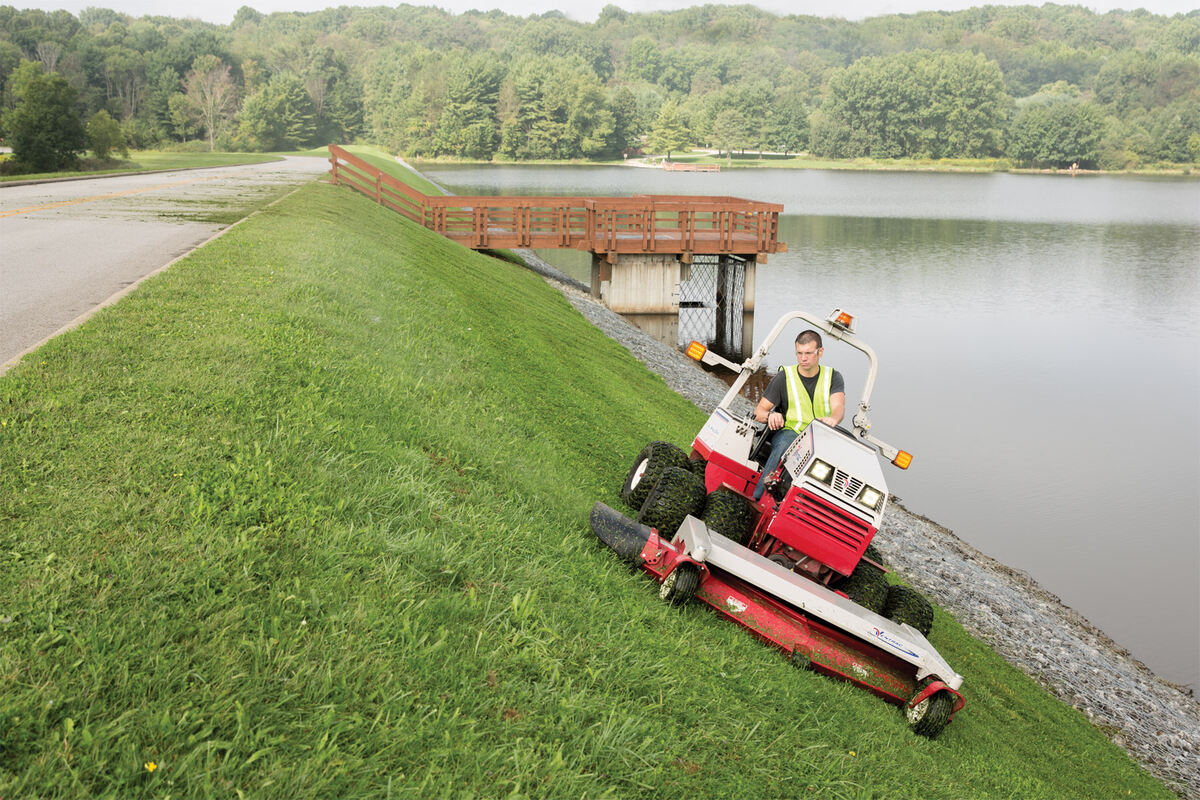
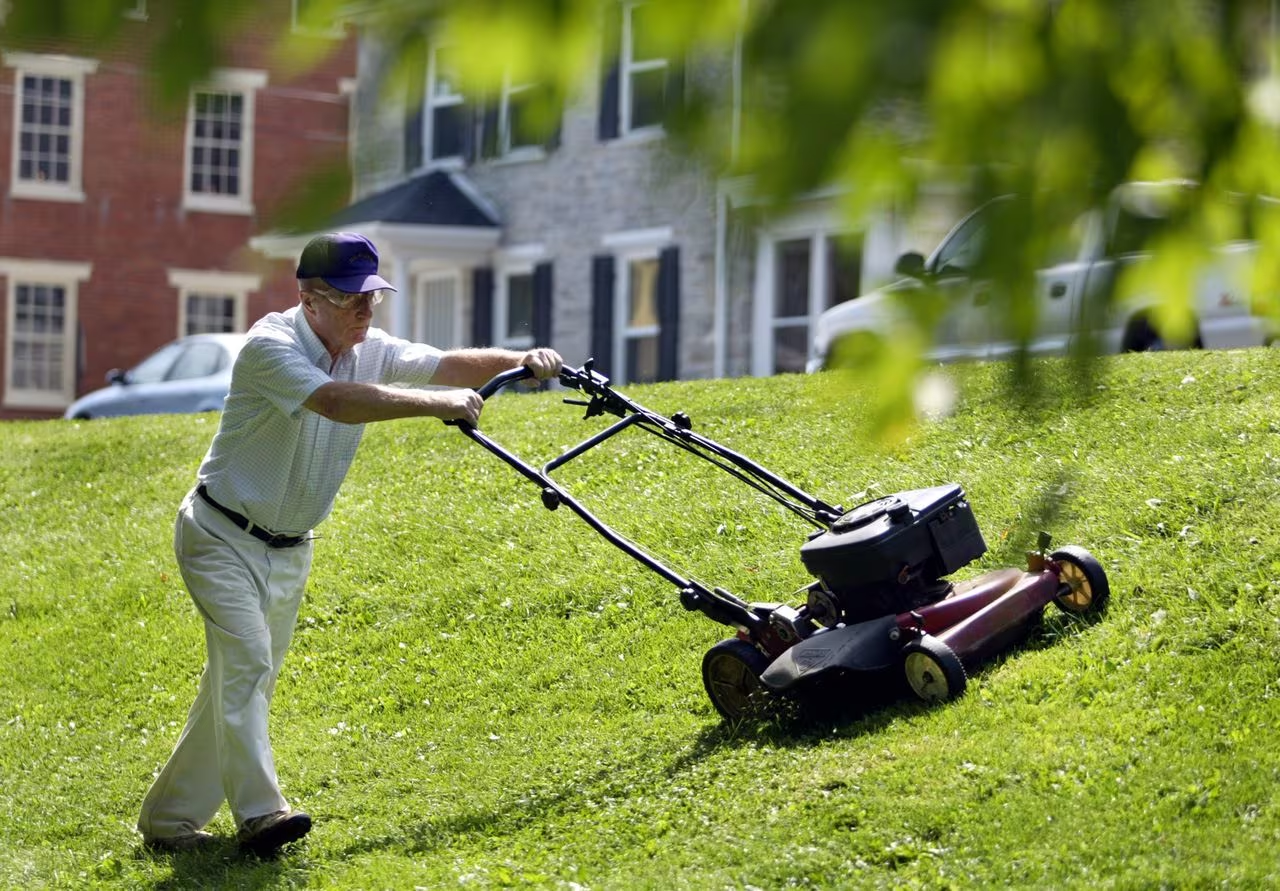
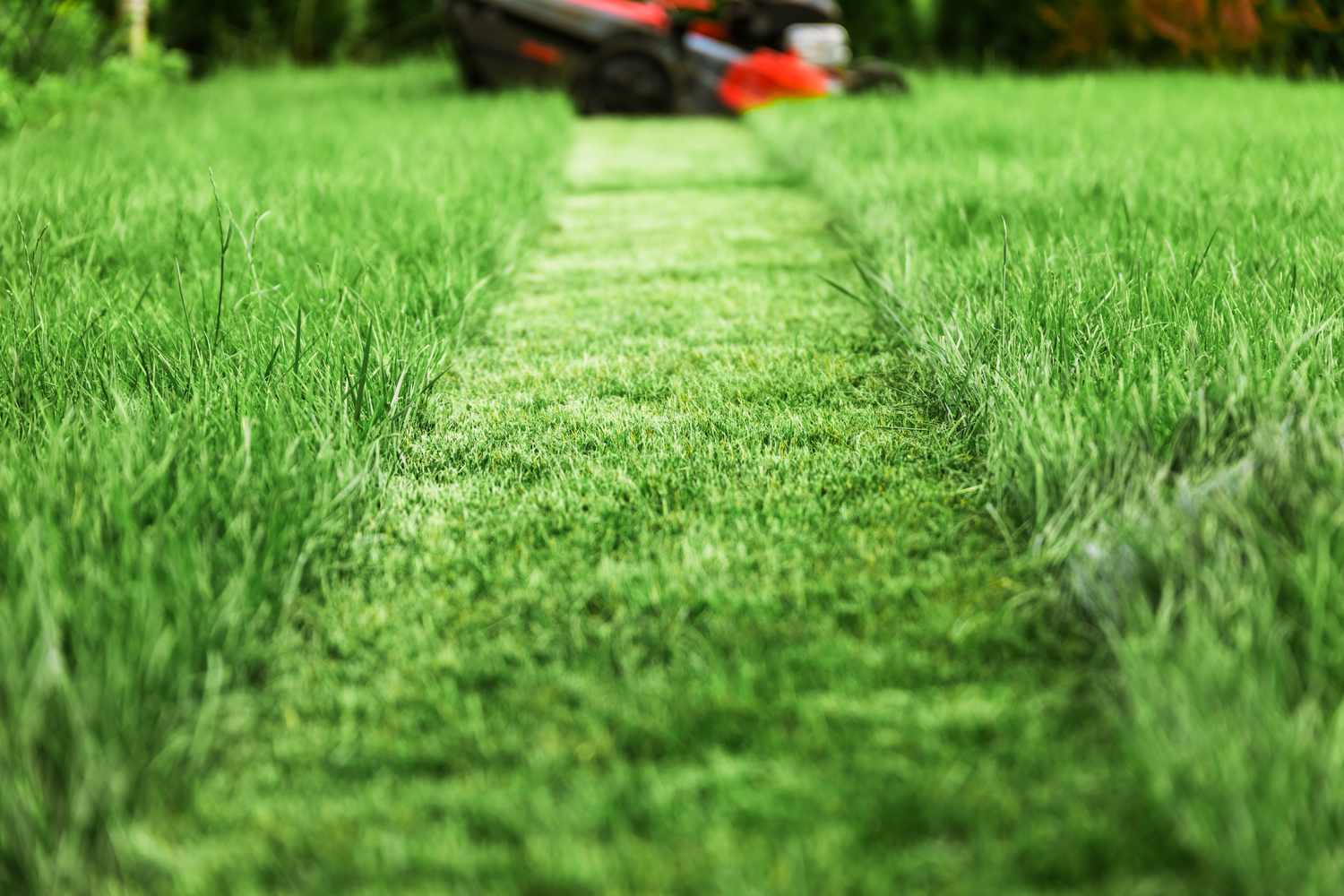

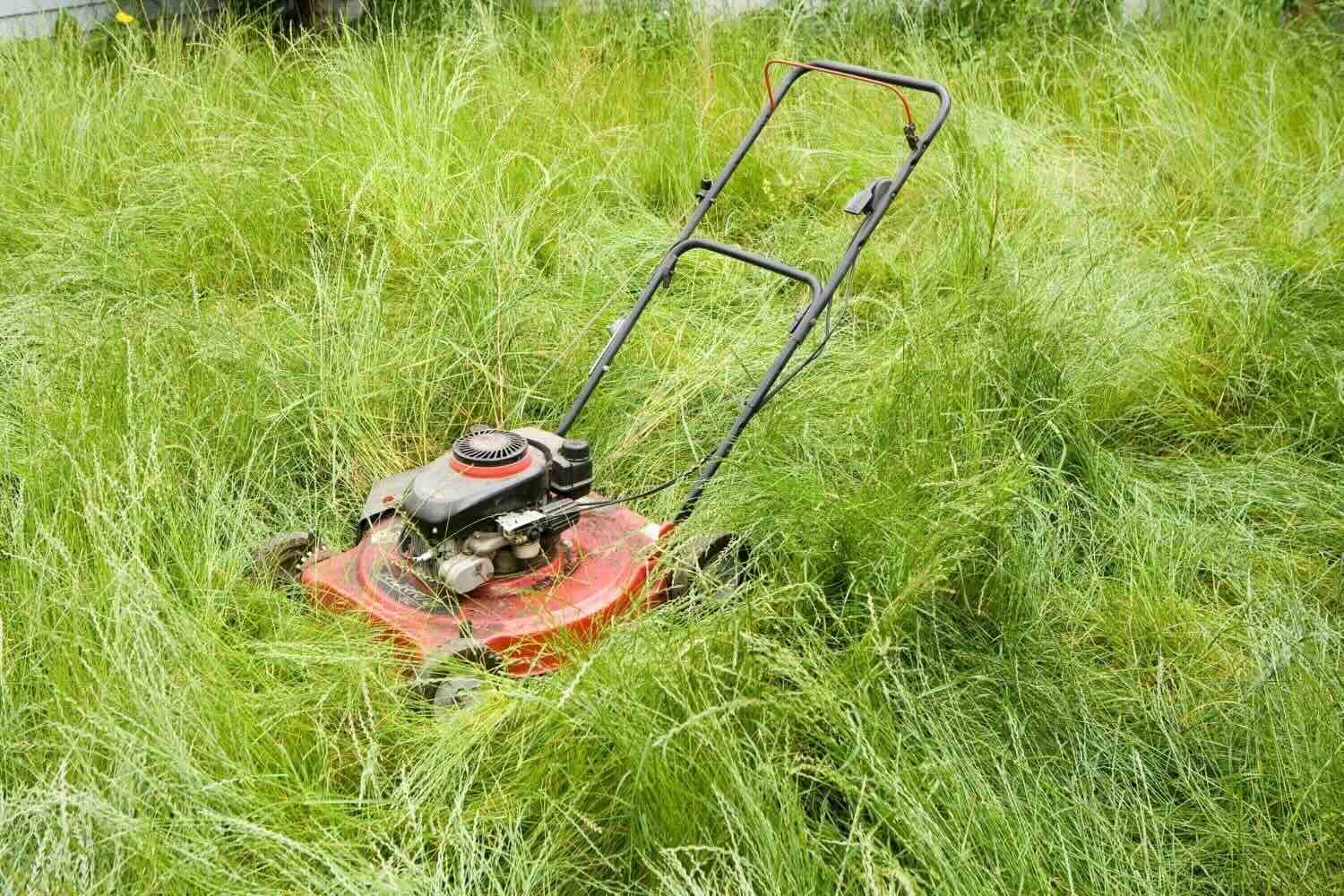
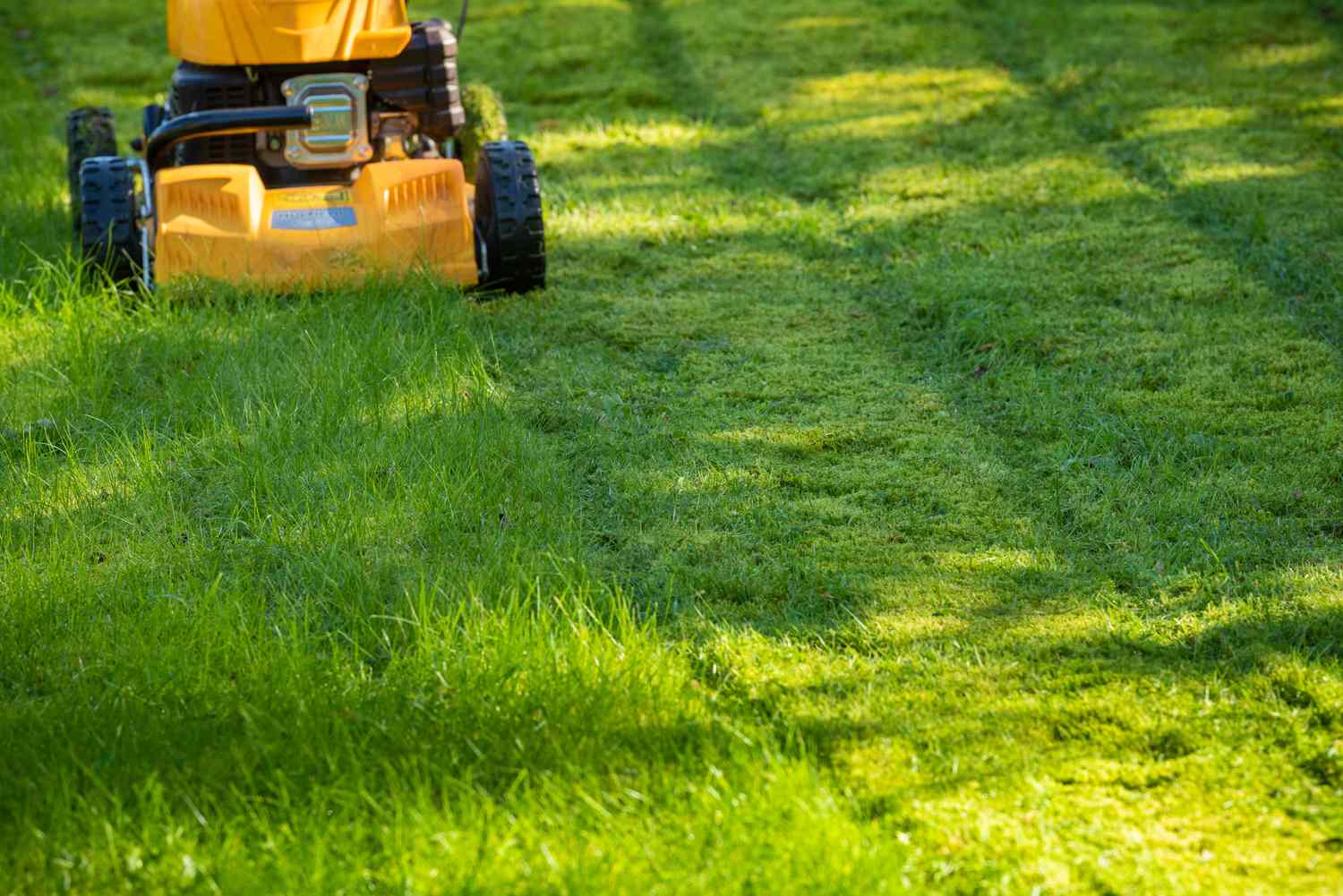
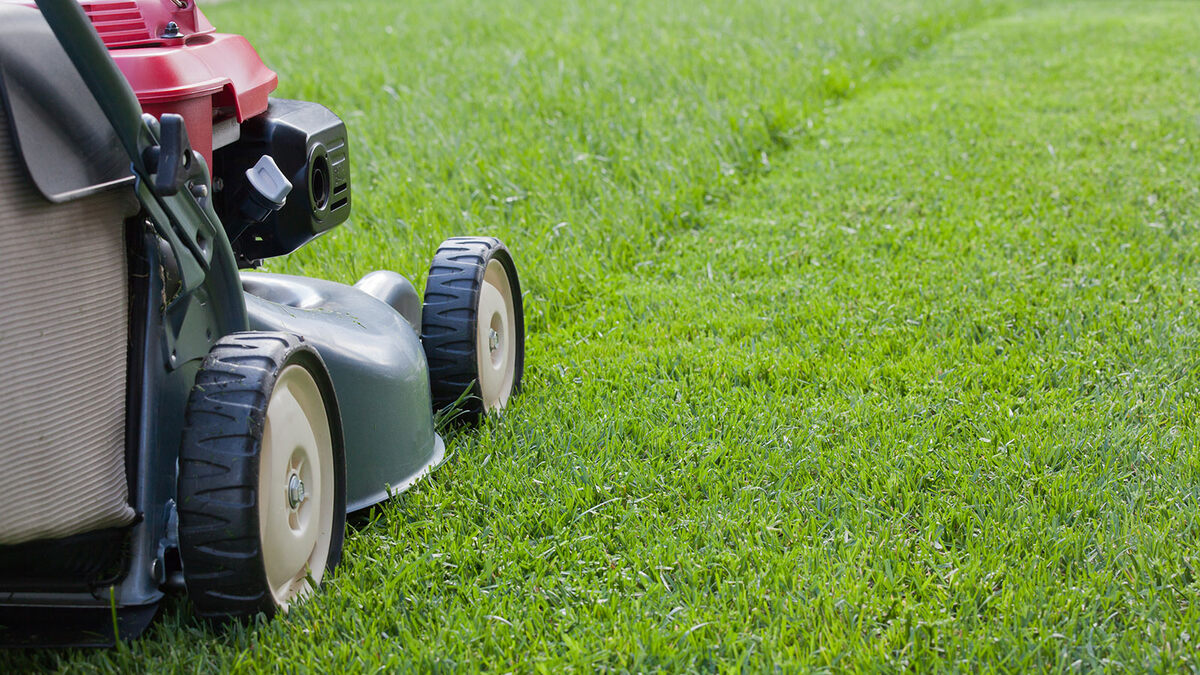
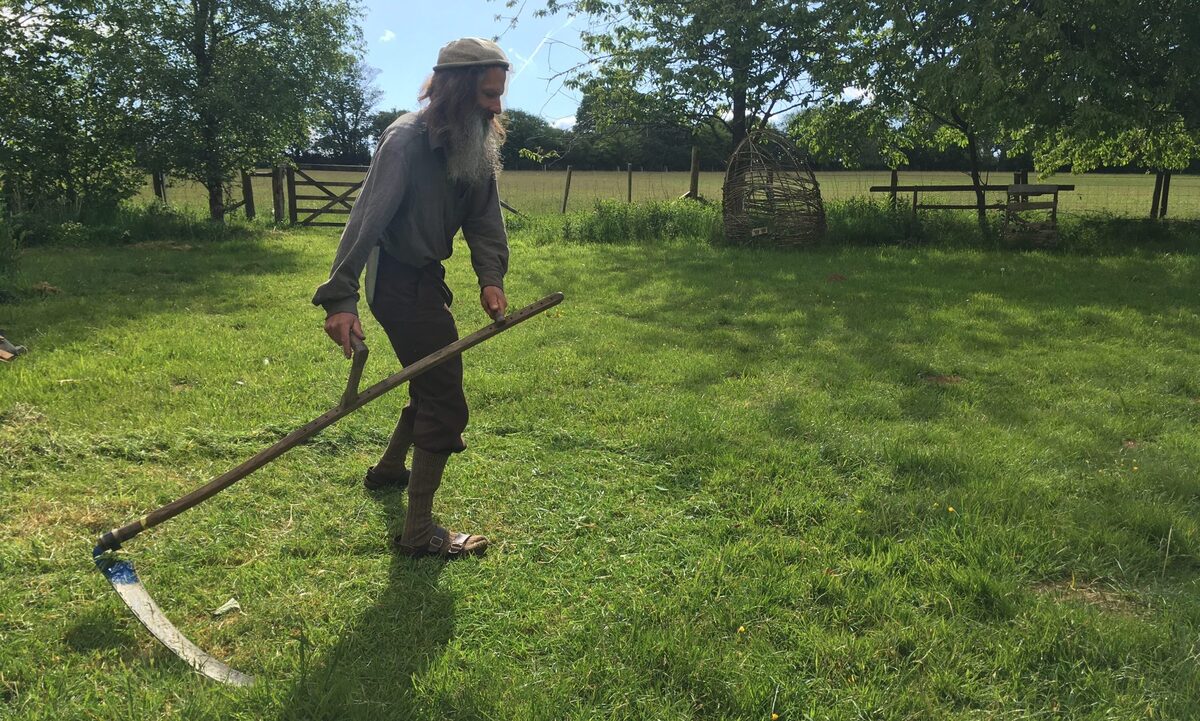
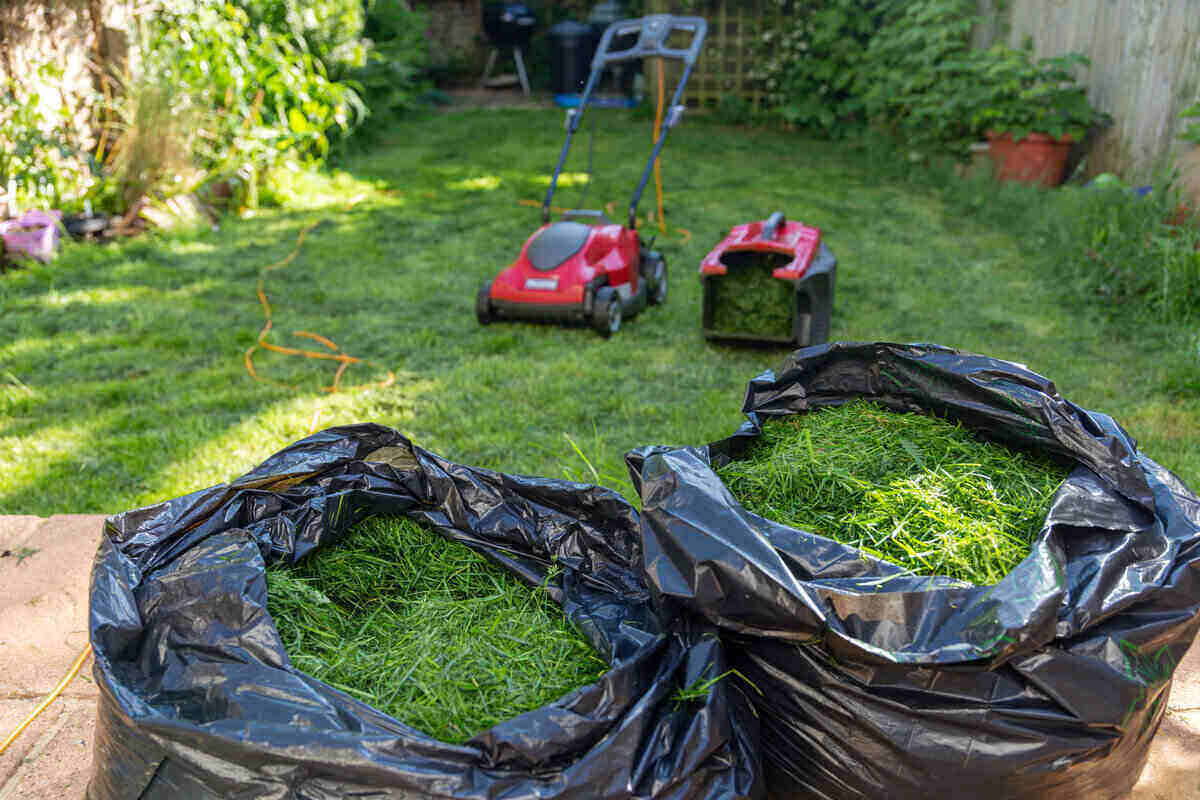
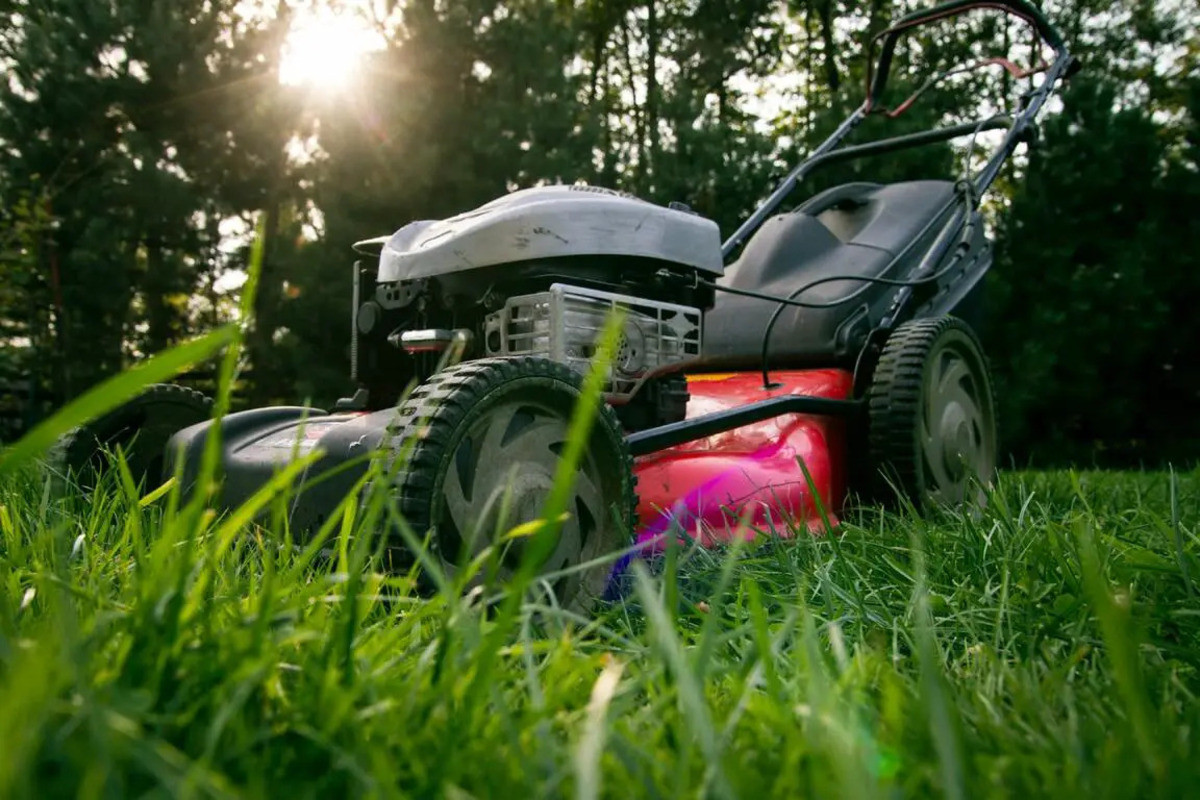
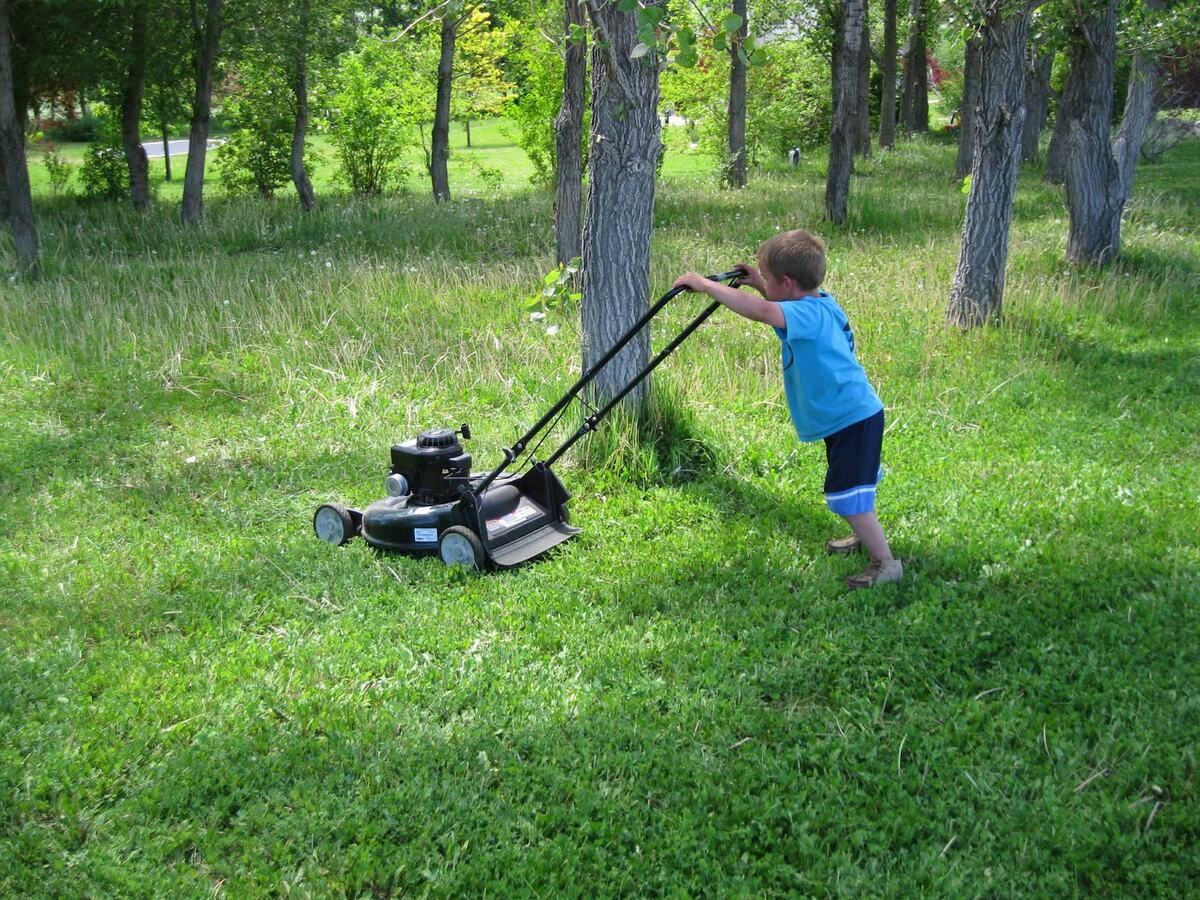
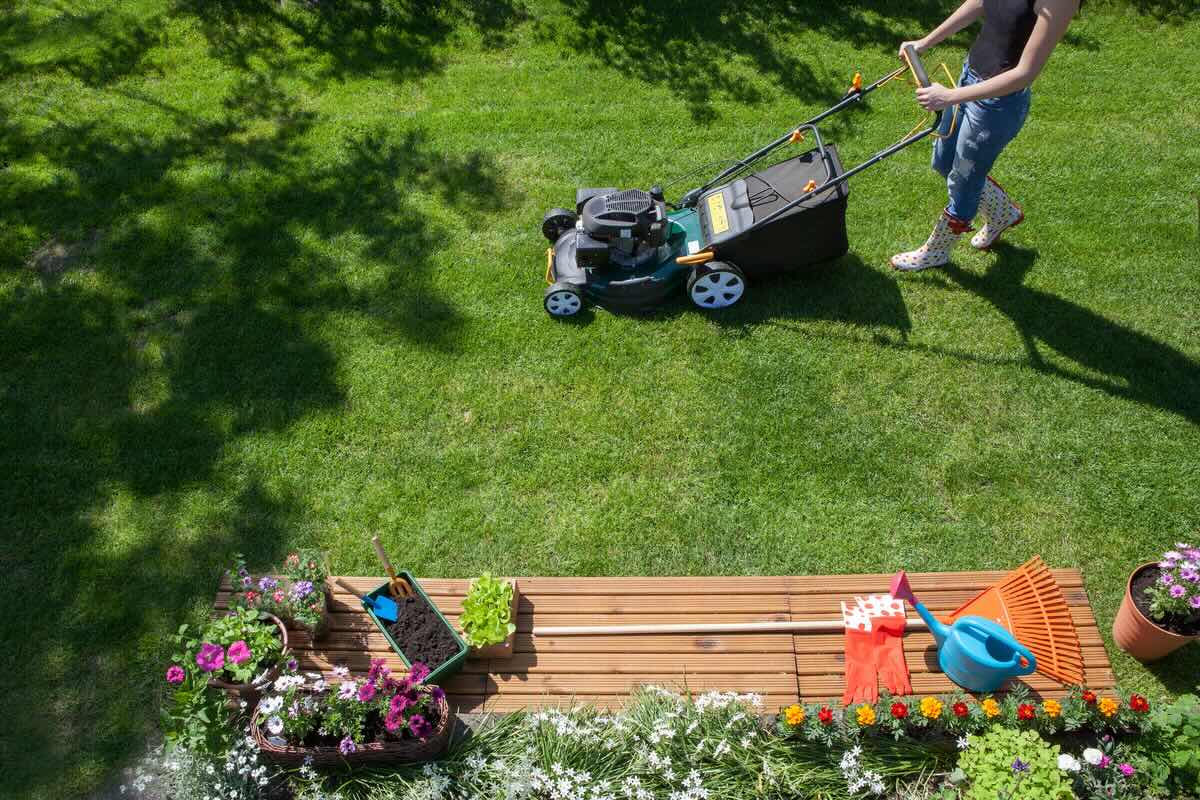
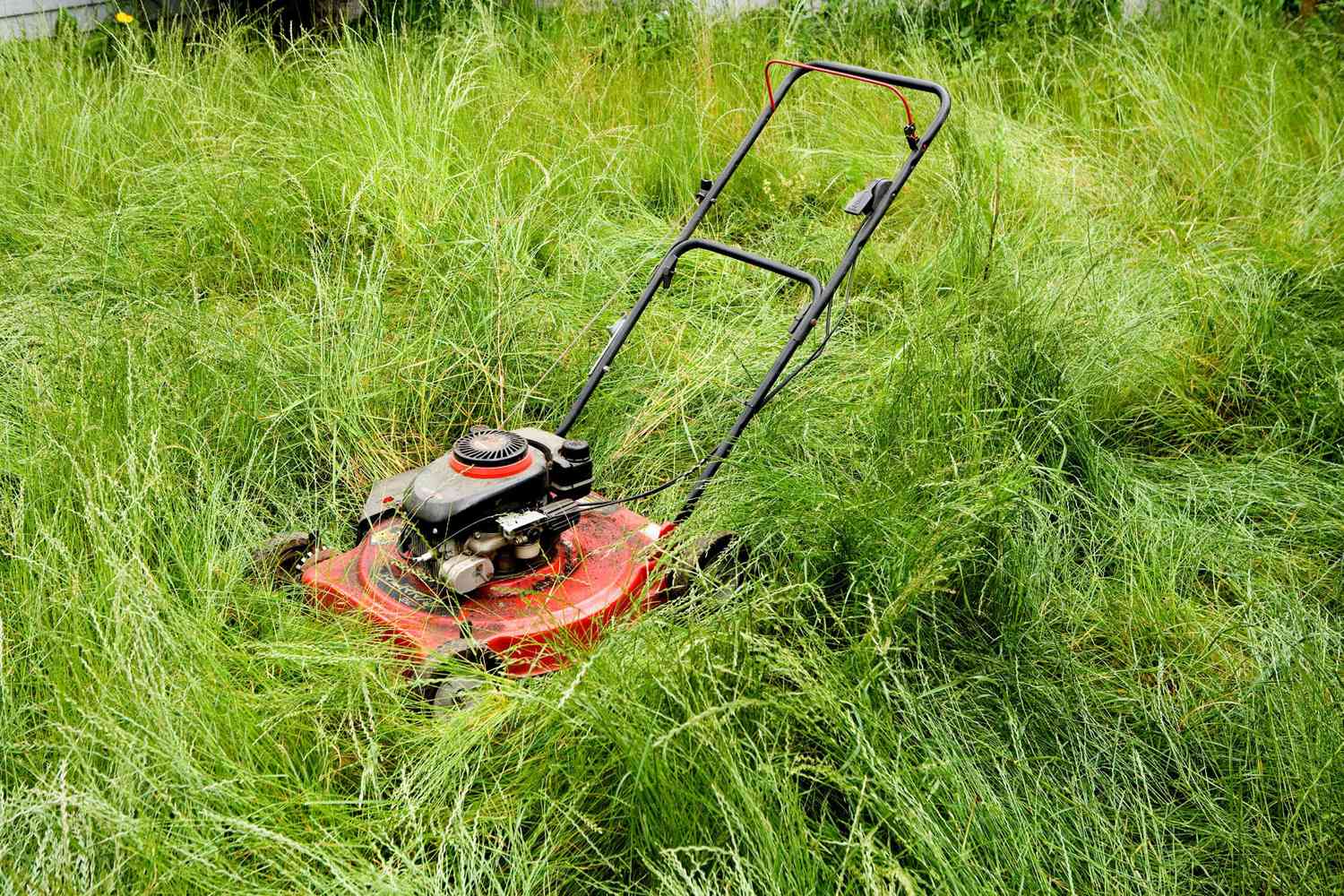
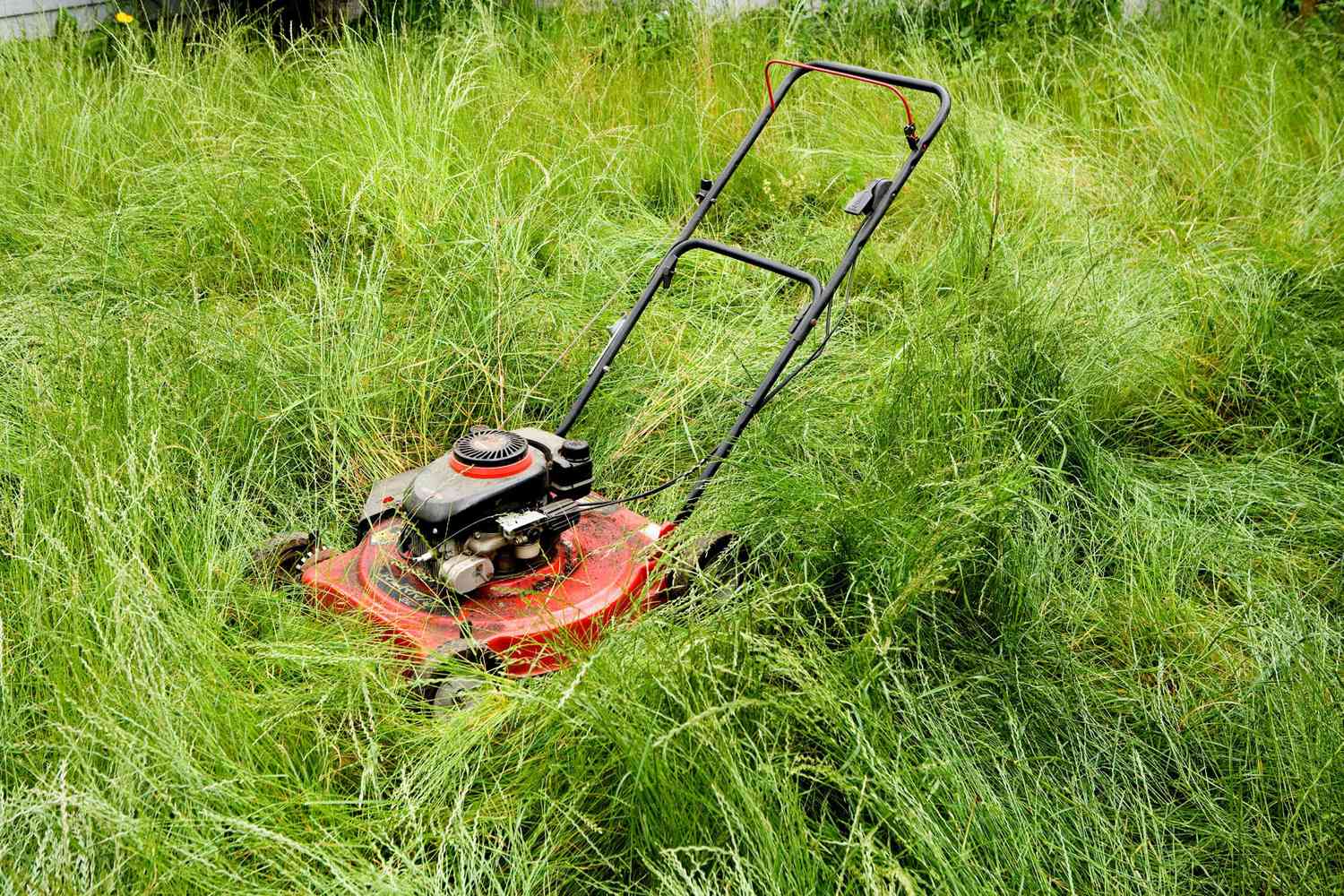

0 thoughts on “What Is No Mow Grass”